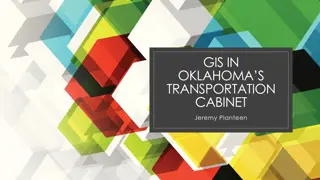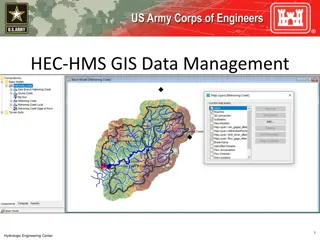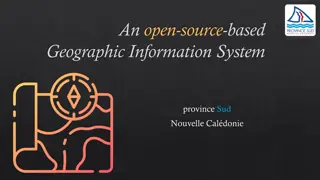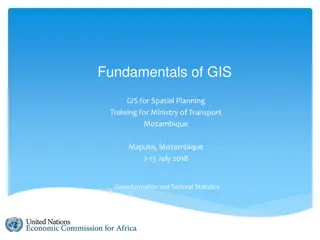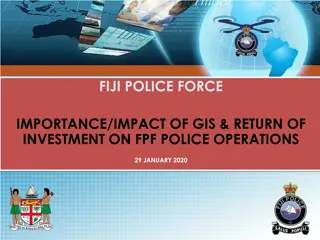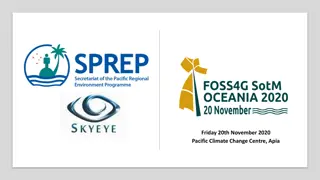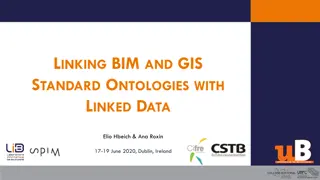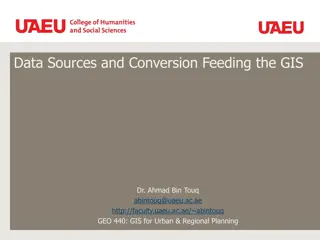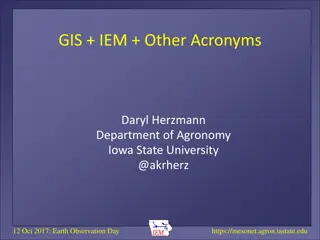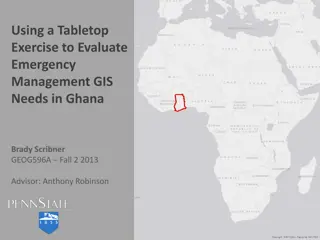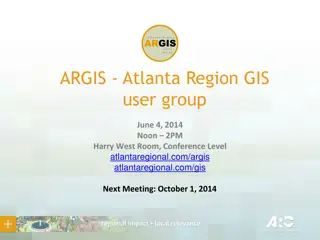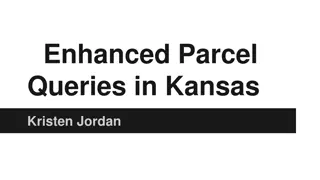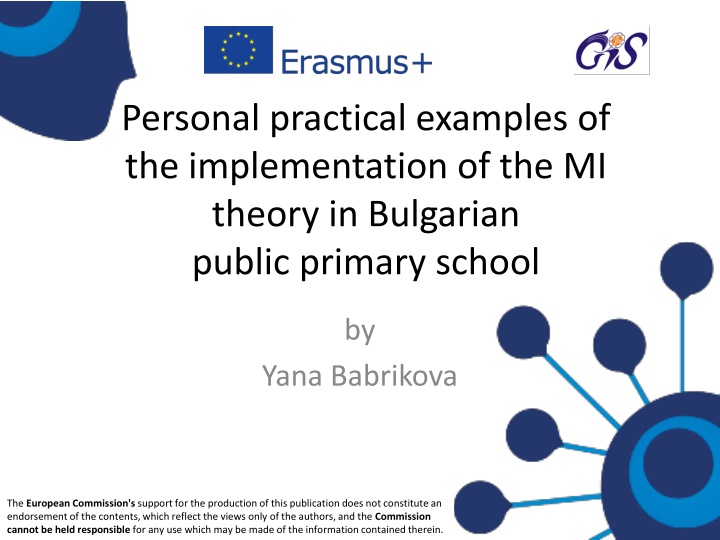
Implementing Multiple Intelligences Theory in Bulgarian Public Schools
Yana Babrikova, an English teacher in a public primary school in Bulgaria, shares practical examples of implementing the Multiple Intelligences theory. Through pedagogical innovations, such as using games to teach English, she aims to enhance the educational process while connecting with MI theory concepts.
Download Presentation

Please find below an Image/Link to download the presentation.
The content on the website is provided AS IS for your information and personal use only. It may not be sold, licensed, or shared on other websites without obtaining consent from the author. If you encounter any issues during the download, it is possible that the publisher has removed the file from their server.
You are allowed to download the files provided on this website for personal or commercial use, subject to the condition that they are used lawfully. All files are the property of their respective owners.
The content on the website is provided AS IS for your information and personal use only. It may not be sold, licensed, or shared on other websites without obtaining consent from the author.
E N D
Presentation Transcript
Personal practical examples of the implementation of the MI theory in Bulgarian public primary school by Yana Babrikova The European Commission's support for the production of this publication does not constitute an endorsement of the contents, which reflect the views only of the authors, and the Commission cannot be held responsible for any use which may be made of the information contained therein.
Introductions My name is Yana Babrikova and I am a expert group member of GIS-TC. I work in a public primary school in Bulgaria, in the city of Stara Zagora - one of the large cities in the country. I am an English teacher for students from 1st to 4th grade.
Innovative school organization and / or content; management, training and learning environment; teaching methods; content, curricula and study plans;
Elements of the school life Curriculum, curricula and study plans Teacher Teaching methods and educational environment qualification and teacher cooperation INNOVATIVE SCHOOL Management and organization of the learning process
Teachers apply the new ideas they have in practice in their pedagogical activity. The aim is to increase the quality of the educational process. Innovations find common ground with the theory of MI. I will briefly present my pedagogical innovation and emphasize the connection with the ideas of the theory of MI.
What is a pedagogical innovation? Innovation in the educational process expresses new ideas, new models of interaction between the subjects in the educational process. It is useful only when the result of its implementation is associated with the realization of a positive effect. Educational quality innovation innovation
Innovation Learn and play in English language The innovation is based on playing games in English language. The traditional model of education is renewed. The activity of the students is increased. In the game the students can fully show their intelligence and develop their potential.
Innovation Learn and play in English language
Innovation Learn and play in English language Mathematical games ( Clap your hands , What does it equal? Count with me ) LOGICAL MATHEMATICAL INTELLIGENCE Physical games ( Wolf, wolf, what s the time? , Night and day ) - BODILY-KINESTHETIC INTELLIGENCE Musical games ( Hands, shoulders, knees and toes , Two little frogs ) MUSICAL INTELLIGENCE Team games ( Show me the time , I can spell well , Make a story ) INTERPERSONAL INTELLIGENCE
Where can we implement the MI theory in public schools? lessons extracurricular activities Multiple intelligence theory
Creating an interdisciplinary lesson One lesson includes various subjects; Setting and solving a case through group work; Solving learning tasks according to the dominant type of intelligence;
Active inclusion of all students in the lesson according to the dominant type of intelligence.
Club activities Photography club NATURALIST INTELLIGENCE, SPATIAL INTELLIGENCE; Drama club LINGUISTIC INTELLIGENCE, BODILY-KINESTHETIC INTELLIGENCE; Dancing club BODILY-KINESTHETIC INTELLIGENCE; Singing club MUSICAL INTELLIGENCE; Journalistic club INTERPERSONAL INTELLIGENCE, LINGUISTIC INTELLIGENCE;
Setbacks The discrepancy between theory and practice; Teachers have insufficient information; Educators and teachers are older and accustomed to the traditional system;
Thank you for your attention! Contact information: yana.babrikova.project.mi@abv.bg

